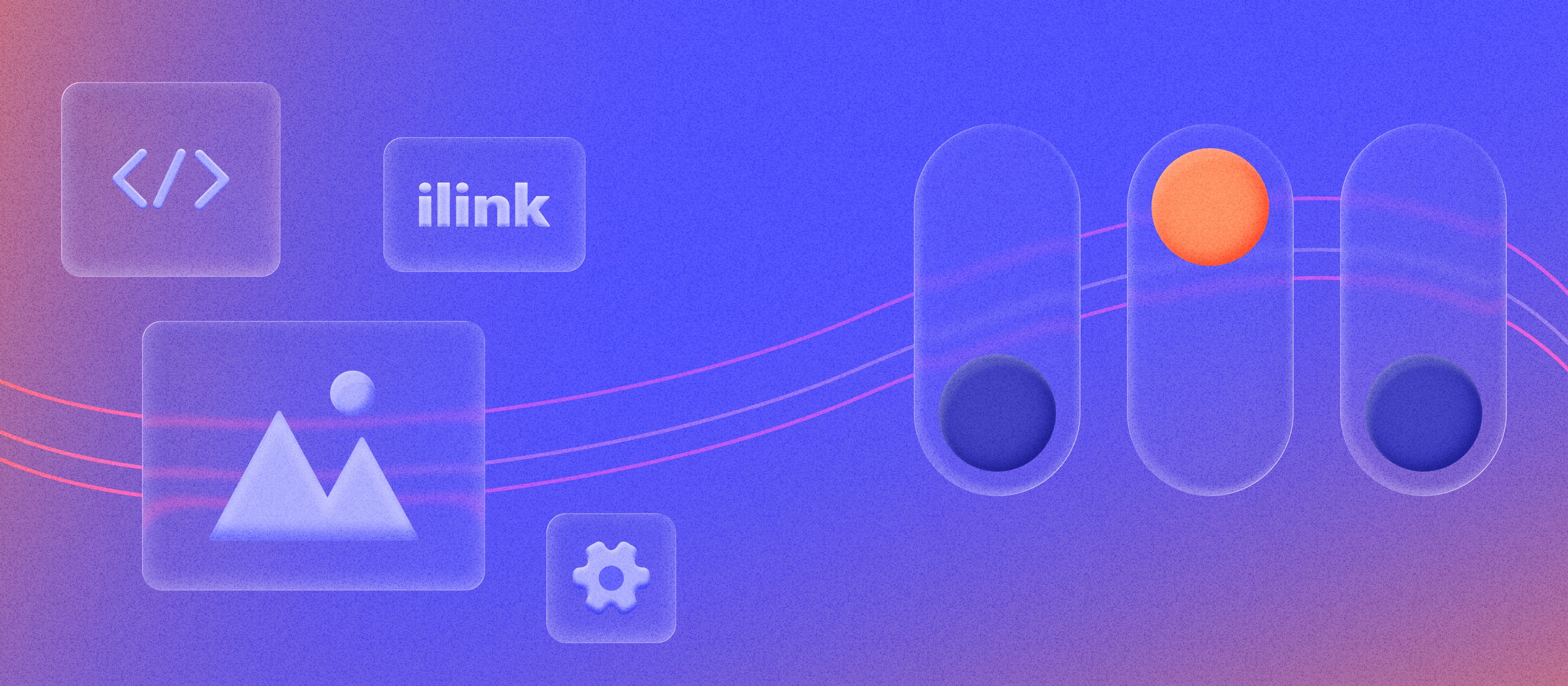Top Application Development Trends in 2025: What Businesses Need to Know

Introduction
The world of software is evolving rapidly, and businesses that keep pace with application development trends are better positioned to stay competitive, scalable, and relevant. In 2025, user expectations, security requirements, and development technologies are advancing together, shaping how apps are built, deployed, and maintained.
Whether you're a startup founder, CTO, or product strategist, understanding the latest trends in mobile app development, cloud-native design, and blockchain integration can help you make smarter product decisions.
Why Tracking Application Development Trends Matters
Following software development trends isn’t about chasing hype, it's about gaining a strategic advantage. Modern applications are expected to be fast, intelligent, secure, and cross-platform by default. Businesses that embrace innovation early can:
- Deliver superior user experiences;
- Reduce time-to-market through automation and new frameworks;
- Improve long-term performance, scalability, and maintainability;
- Stay compliant with security and privacy regulations.
Adapting to change isn’t optional, it’s a competitive necessity.
Application Development Trends
AI and Machine Learning in App Development
One of the most transformative app development trends in 2025 is the growing role of artificial intelligence. From AI-powered chatbots to personalized content recommendations, machine learning is enhancing both user experience and business intelligence.
Common use cases include:
- Predictive analytics for user behavior and sales forecasting;
- AI-driven customer service tools;
- Automated testing and code generation in development environments.
As AI tools become more accessible, their adoption in mobile, web, and enterprise apps will only accelerate.
Rise of Low-Code and No-Code Platforms
The demand for faster delivery has led to widespread adoption of low-code and no-code platforms. These solutions allow teams to prototype and even build fully functional apps without writing traditional code.
Benefits include:
- Rapid development and iteration;
- Empowering non-developers (like marketers or product managers);
- Ideal for internal tools, admin dashboards, and MVPs.
Low-code is not replacing traditional development, it complements it, especially in agile environments.
Cross-Platform and Hybrid App Development
Cross-platform development continues to rise in popularity, thanks to tools like Flutter and React Native. Businesses can now build apps for iOS, Android, and the web from a single codebase.
This trend offers:
- Reduced development and maintenance costs;
- Consistent user experience across devices;
- Faster time-to-market for startups and enterprises alike.
Expect more companies to prioritize hybrid mobile apps as they balance performance with efficiency.
Cloud-Native and Serverless Applications
As demand for scalability grows, developers are embracing cloud-native applications and serverless architectures. These trends allow apps to dynamically scale without traditional infrastructure management.
Technologies like AWS Lambda and Azure Functions help developers:
- Build highly available services;
- Reduce backend complexity;
- Improve cost-efficiency in the long run.
Cloud-native design is now a best practice, especially for SaaS platforms and enterprise apps.
Contact ilink - a trusted partner in mobile, web, and blockchain app development. We help startups and enterprises turn ideas into secure, scalable, and trend-driven solutions.
Integration of Blockchain in Applications
More applications are leveraging blockchain technology to enhance transparency, decentralization, and security, especially in fintech, logistics, and digital identity platforms.
Key use cases include:
- Smart contract development;
- Tokenization and DeFi platforms;
- Audit trails and tamper-proof record keeping.
As user trust and data ownership become priorities, blockchain in app development will continue to expand.
Enhanced Security and Privacy Features
With rising threats and regulations, secure app development is no longer optional. Developers are adopting more advanced techniques to safeguard data and meet compliance standards.
In 2025, popular practices include:
- Zero-trust architecture;
- Biometric authentication;
- End-to-end encryption;
- Privacy-first design aligned with GDPR and HIPAA.
Security is now integrated from day one of the application development process, not treated as an afterthought.
Progressive Web Apps (PWAs)
Progressive Web Apps (PWAs) combine the best of web and mobile technologies. They work offline, install like native apps, and load instantly, offering a fast and accessible experience.
PWAs are especially useful for:
- eCommerce platforms;
- Content-heavy apps;
- Businesses targeting emerging markets with limited connectivity.
In many cases, PWAs are replacing traditional mobile apps due to their simplicity and performance benefits.
Voice Interface and Conversational UI
The rise of voice assistants like Alexa and Google Assistant is fueling a shift toward voice-enabled applications and conversational UI. These interfaces improve accessibility and offer hands-free interaction for users.
Adoption is growing across:
- Healthcare apps (voice-based check-ins);
- Retail (voice-assisted shopping);
- Productivity tools and smart home devices.
This trend reflects how users expect faster, more natural ways to interact with digital services.
Focus on Sustainability and Green Coding
As environmental awareness grows, sustainable application development is becoming a trend to watch. Developers are optimizing apps to consume less energy and reduce their environmental impact.
Strategies include:
- Efficient coding practices;
- Optimizing backend infrastructure;
- Using carbon-aware cloud platforms;
- Reducing unnecessary resource usage in apps.
Expect more companies to prioritize eco-conscious design as part of their ESG strategies.
The future of app development is fast, intelligent, and deeply integrated with emerging technologies. By staying aware of these application development trends in 2025, businesses can build better products, serve users more effectively, and remain ahead of the curve.
Whether you’re building a mobile wallet, enterprise dashboard, or decentralized platform, success lies in choosing the right technologies and partners who understand where the industry is headed.
Comments (0)
Latest Posts

Understanding the mechanics of these platforms is crucial for anyone looking to participate in the world of NFT trading and digital ownership.

In this article, we will dive into the key roles in a blockchain development team, the necessary skills for each role, and the tools and methodologies that help these teams collaborate efficiently and deliver top-notch blockchain applications.
Do You Have Any Questions?
Leave your details - we will contact you to answer all your questions

